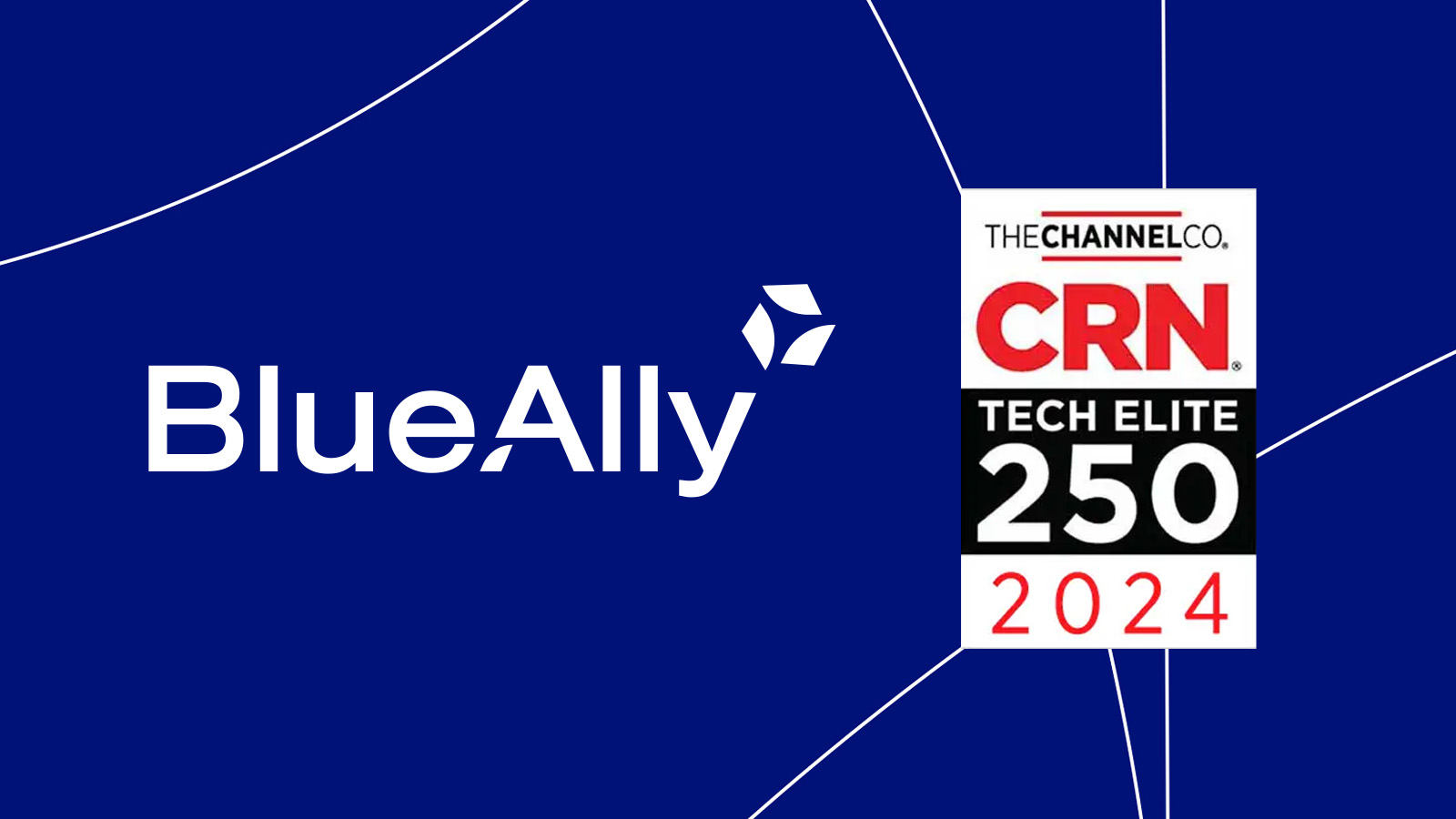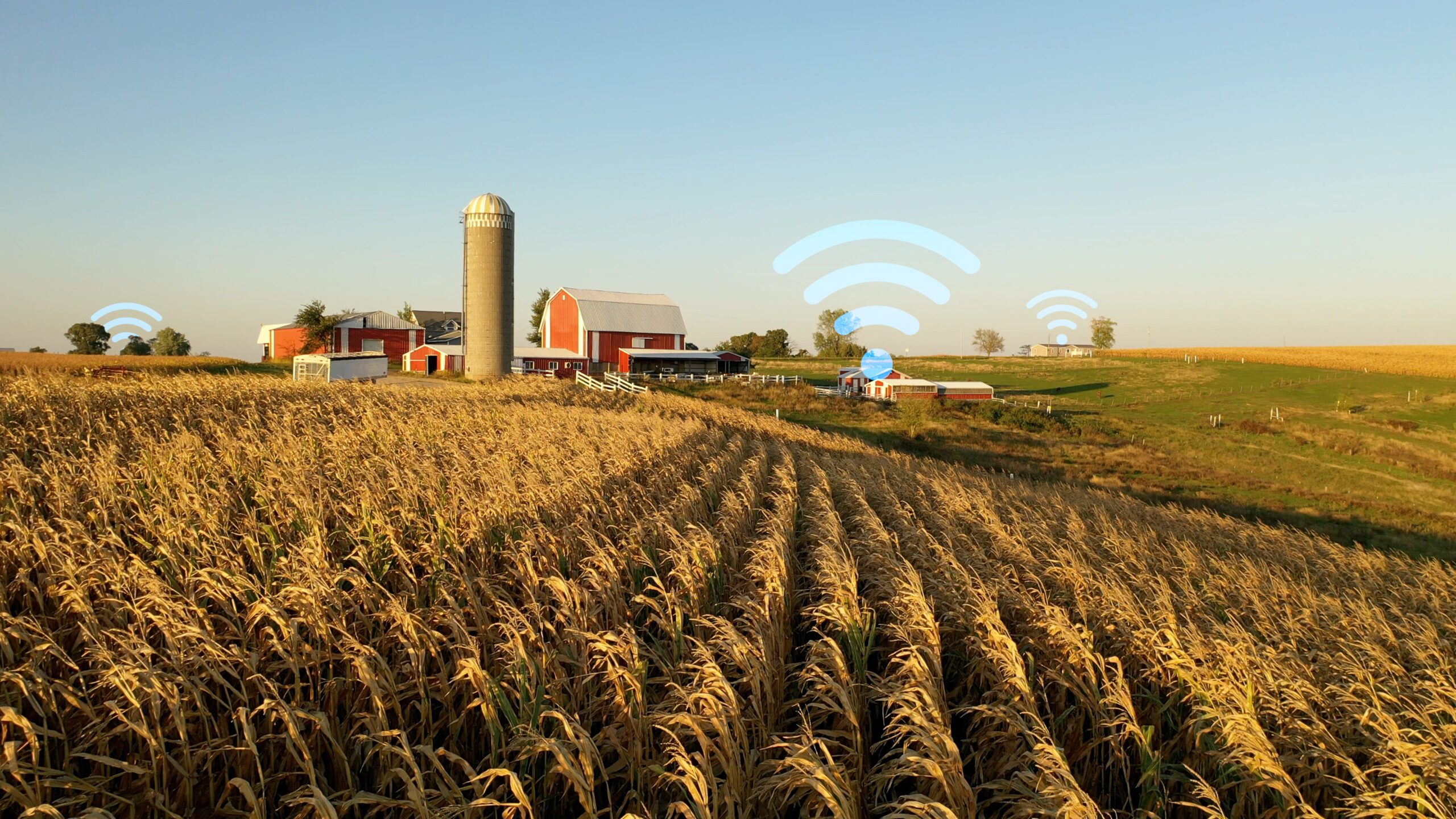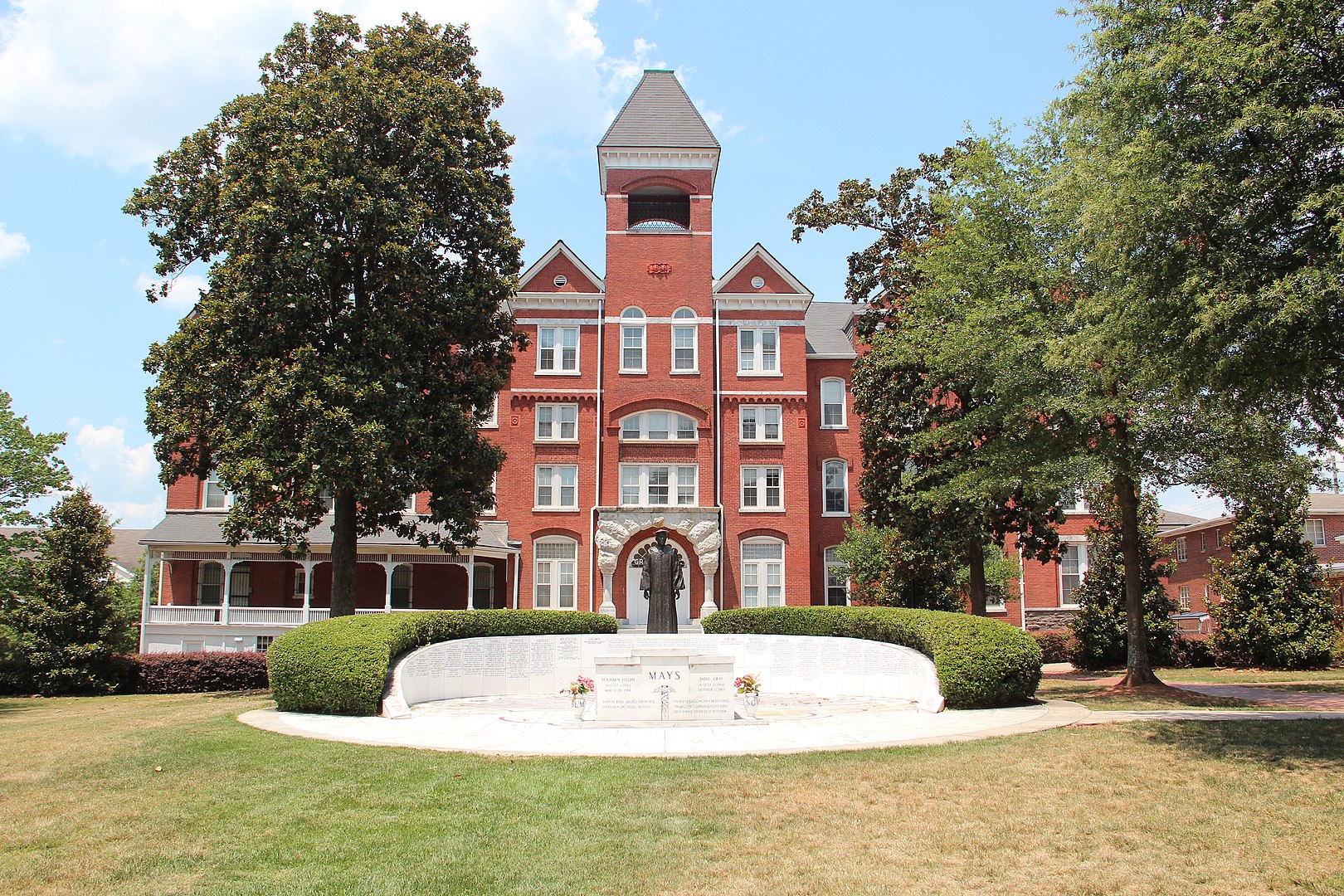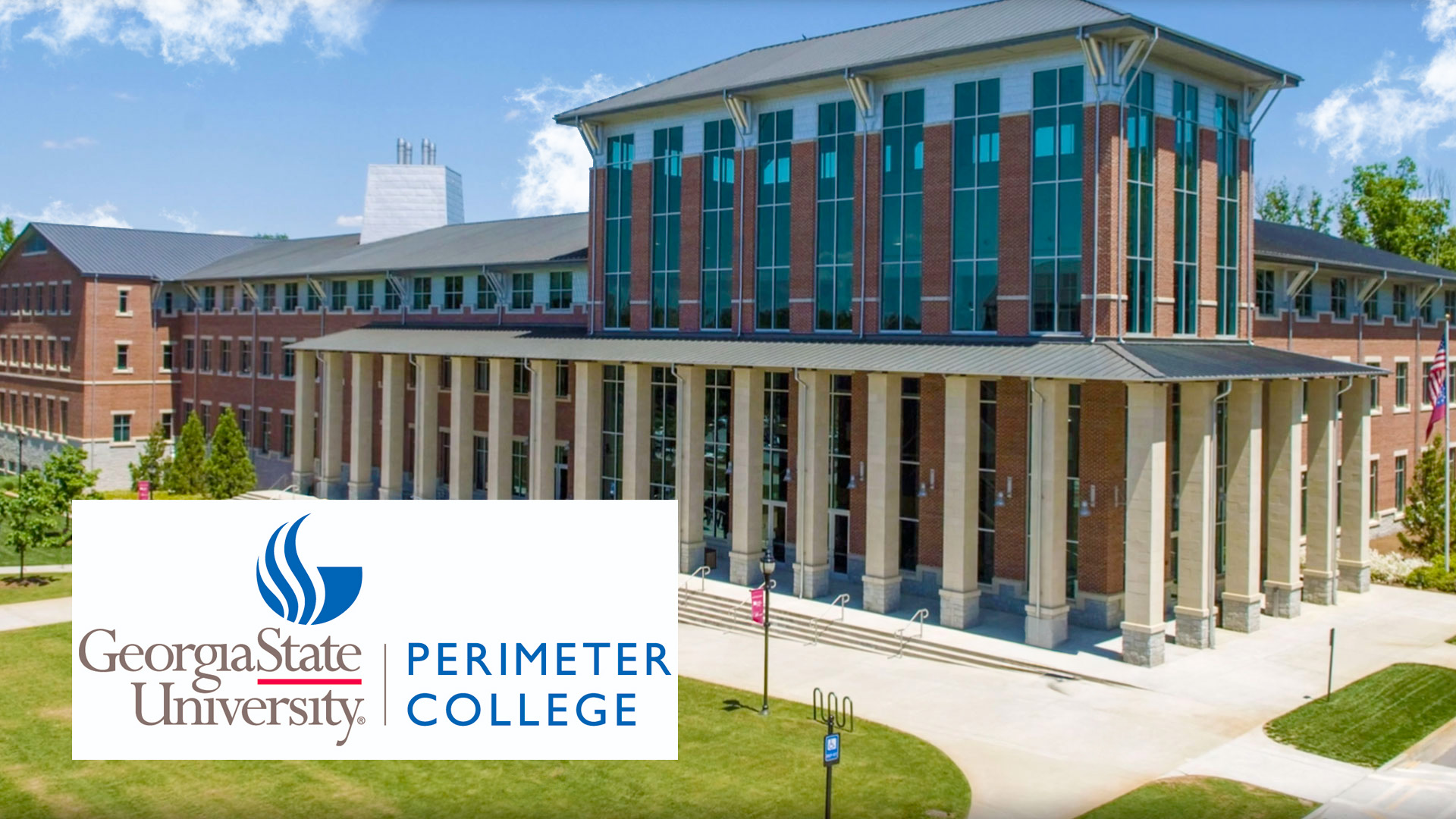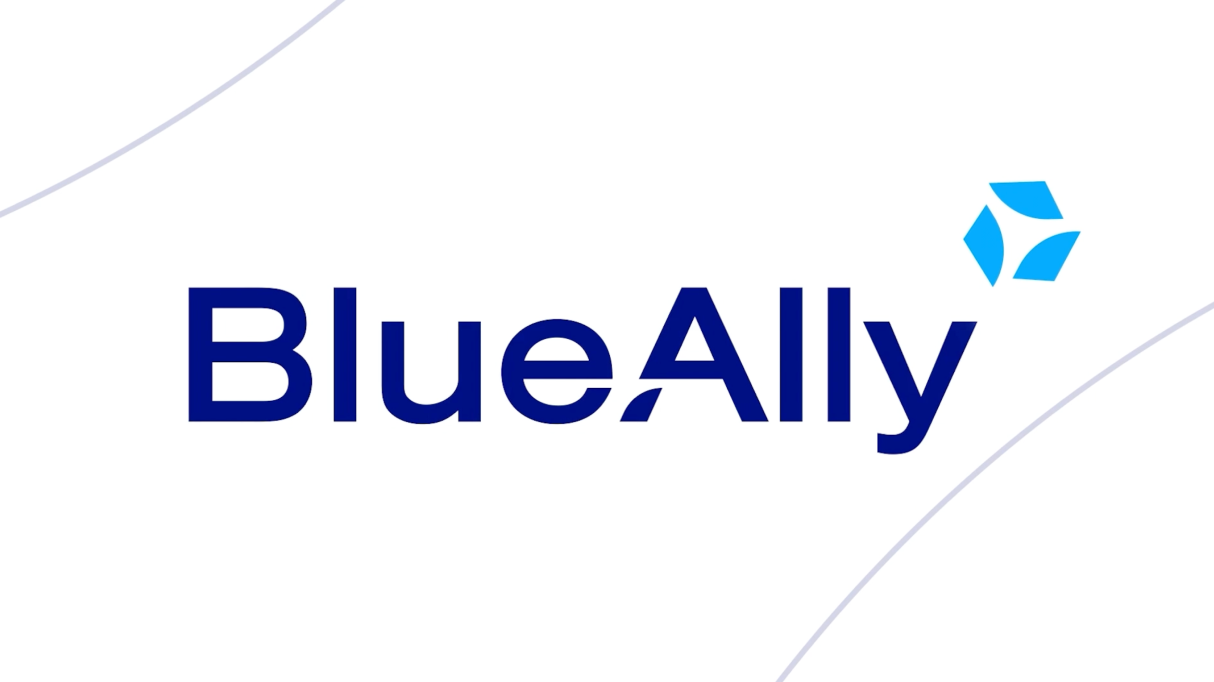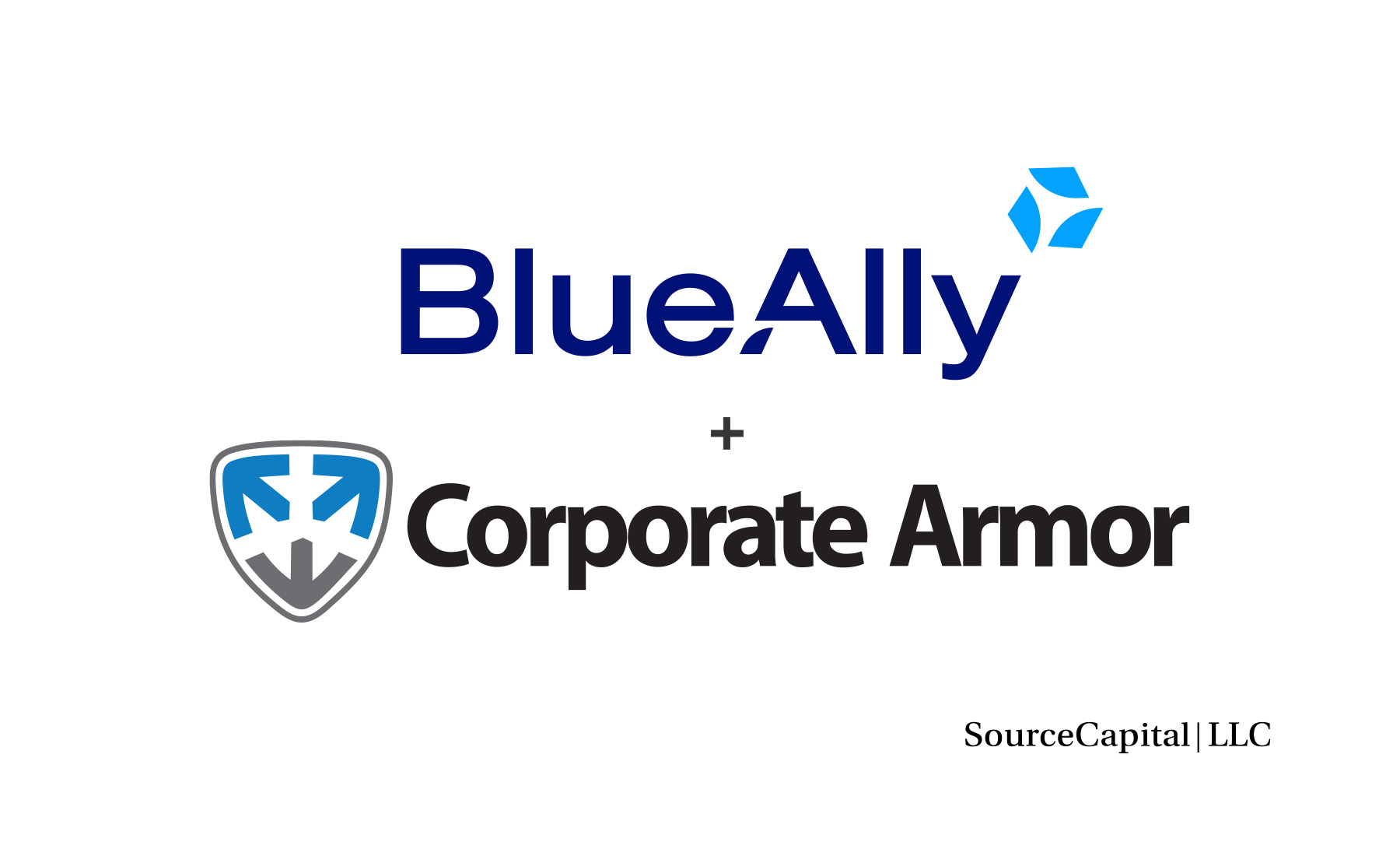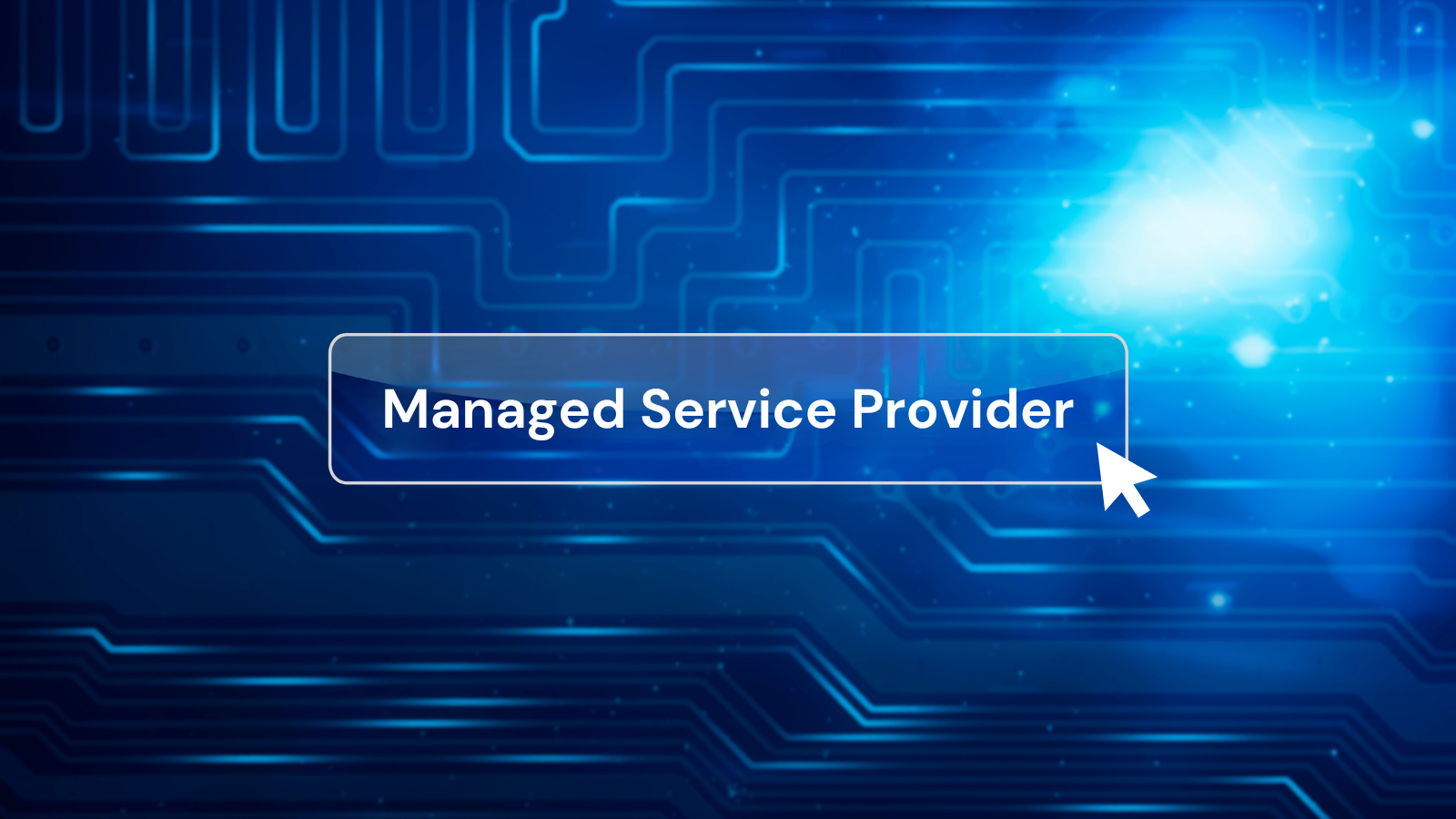 FEATURED
FEATUREDI had the privilege of attending the inaugural AutoCon0 conference in Denver, CO, hosted by the Network Automation Forum (NAF) in November 2023.

There was a lot of buzz about the conference due to the apparent lack of industry focus on network automation adoption.

Unlike other conferences, this conference focused on discussions and solving problems versus pushing product and tooling. In this post, I will describe my experience during the two-day conference and some of its initiatives.
Sponsors
In total, 25-30 vendors helped sponsor the event. Each vendor that sponsored the event had a booth set up with demos of their products. This may appear to contradict what I said about this conference, which focuses on discussions and problem-solving instead of pushing products. However, most of the vendors I encountered provided solutions to these problems and detailed the functionality their product WAS NOT providing. I found that surprising, as many sales pitches promise you everything under the sun.
You may think this was a conversation killer, but instead, it actually helped focus the conversation on the features that the product supported. This helped drive discussions about the use cases that the product could solve versus having the product team “go back to the development team.” This is a huge win and increases customer engagement with the product.
To paraphrase Warren Buffett, it’s better to do a few things right than a bunch of things wrong.
Panels/Presentations
There was a mix of panels and presentations at the conference. The presentations provided network automation success stories amongst different industries. For example, Kaon Thana from The New York Times presented the automation solutions and processes they’ve developed to manage the NYT network, which includes remote offices, data centers, and print shops. The interesting piece about his presentation was his focus on the journey. More specifically, he’s been working for 4 years on building out the in-place automation. That’s a key point – automation is a journey, and “patience is a virtue” when adopting network automation.
Traditionally, a project or ambition is considered a failure if it’s not adopted or executed in a specific timeframe. That works for traditional projects, as time and budget create constraints to measure success. However, network automation is a change in culture. A change in culture requires buy-in from every stakeholder – from the person writing the check to the network operator. That was one of the key takeaways from the conference – you need buy-in from the collective organization to adopt network automation successfully.
In addition to presentations, the conference had “mini-tracks,” essentially panels of professionals in the network automation space. The mini-tracks included discussions about the challenges of network automation adoption, network observability, and how we can begin thinking about incorporating artificial intelligence (AI) and machine learning (ML) into network operations. There were a few more topics, but I want to express the range of topics discussed.
Hearing others’ perspectives and what they’ve observed and recommended to increase network automation adoption was interesting. The conference’s final panel had the appropriate title of “How Can We Do Better?”. This was late on the conference’s final day, but I was surprised at the number of people who hung out and listened. Some of the questions raised by the panelists and audience included:
- Build vs. Buy (in the context of network automation tooling)
- Are YANG models the future for modeling data in the network?
- Should we strive for a unified network API that can work across multiple vendors and network operating systems?
Obviously, there were multiple opinions for each question, but the point is that questions were being raised, and discussions were taking place. There may have been few direct answers to these questions, but there were great discussions.
Wrapping Up
You may be wondering, “I understand there were great discussions, but were there any problems actually solved during the conference?” The answer was – Yes and No.
Obviously, solving all the issues related to network automation adoption in a two-day conference would be impossible. However, some initiatives were created and are being tracked in the Network Automation Forum’s Slack workspace, which is free to join, so I recommend joining! Currently, there are over 1100 users in the workspace!
One initiative being tracked in the #doc-autonomicon channel is building out a lexicon/glossary of common network automation terms dubbed, you guessed it, “autonomicon”. It was discovered during the conference that many people use different terms to discuss the same network automation topic(s). For example, what’s the difference between the terms automation and orchestration? I’m positive you’ll get different answers. Autonomicon is currently a GitHub repository that will be a collection of markdown files that collectively make up the glossary of automation terms. It’s still in its infancy, but here’s a link to the GitHub repository. Other initiatives and valuable conversations are occurring in the Slack workspace, so I encourage you to join and browse the available channels!
I hope this post has provided an overview of the AutoCon0 conference, and gets you excited for future AutoCon conferences. If you haven’t heard, AutoCon1 and AutoCon2 are already being planned, with AutoCon1 being hosted in Europe in Spring 2024 and AutoCon2 being hosted in the US in Fall 2024.
The future of network automation is bright! If you have questions or want to get into network automation but need help figuring out where to start, please contact us, and we can help you along your network automation journey.
To learn more about Network Automation, contact us about the assessments we can perform to address any concerns and improve your productivity.






